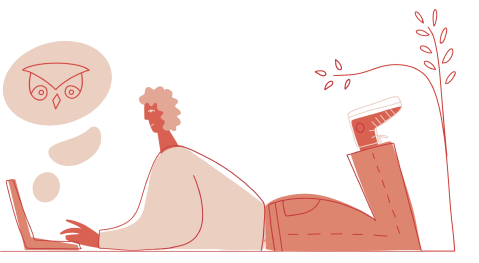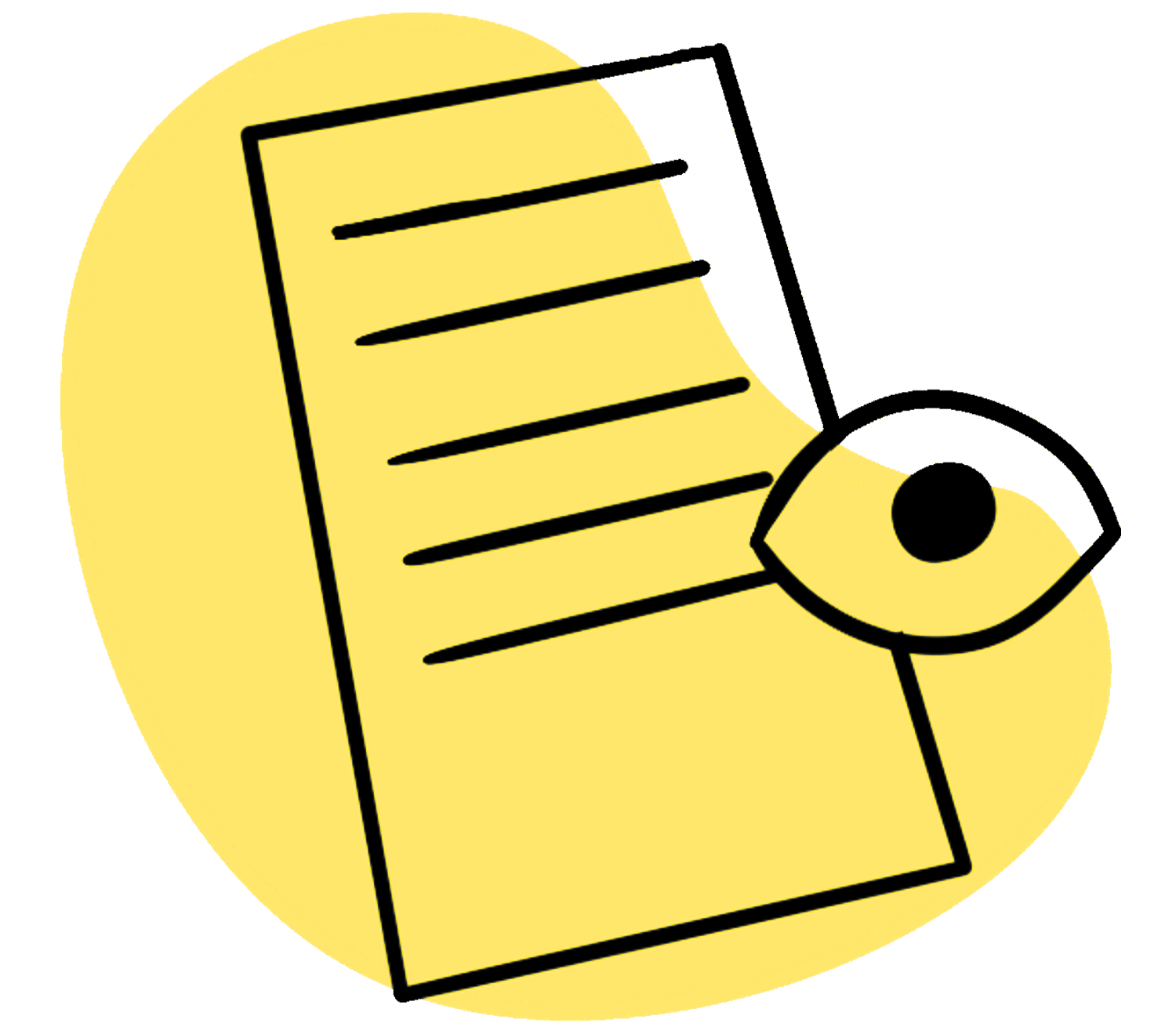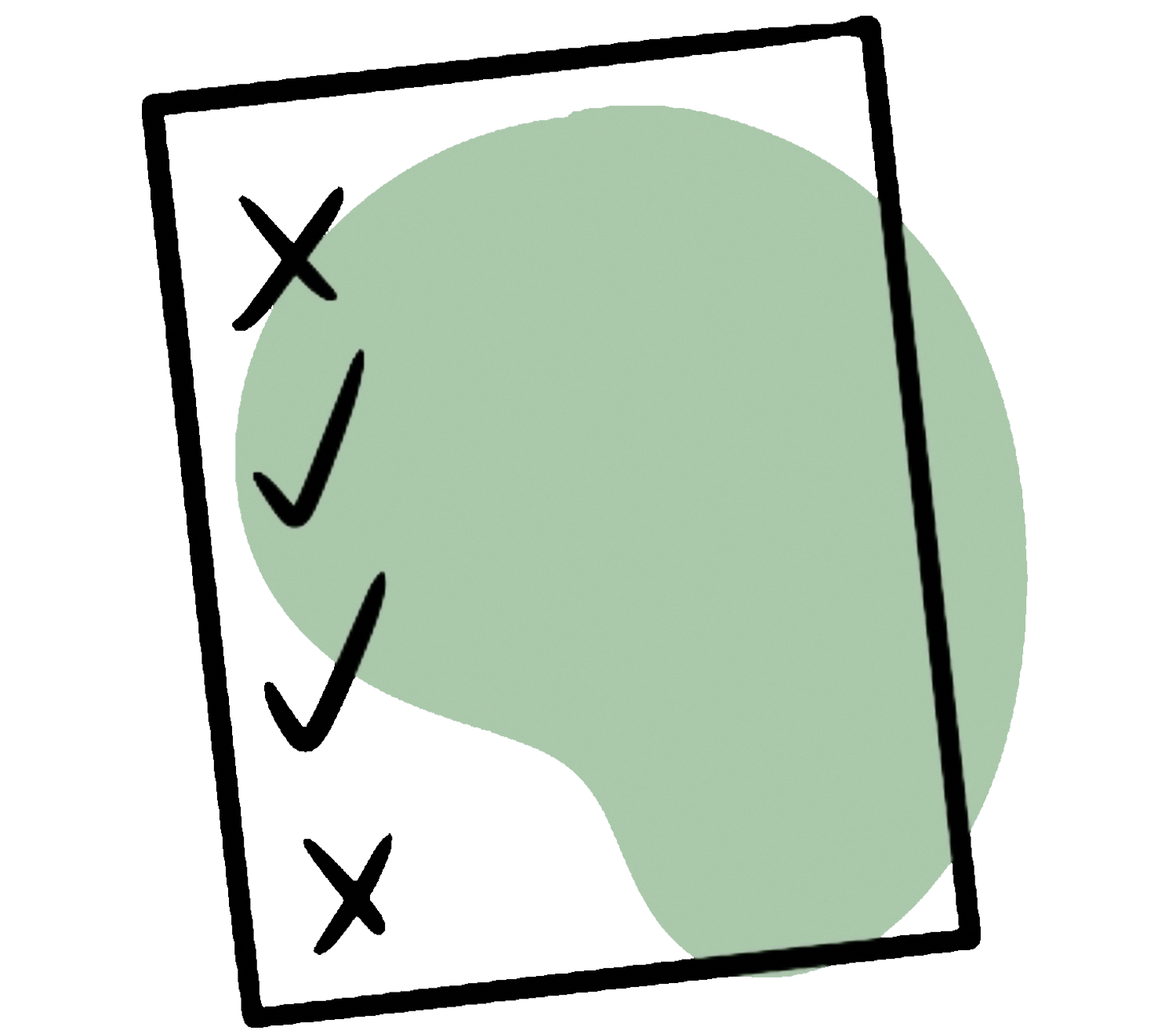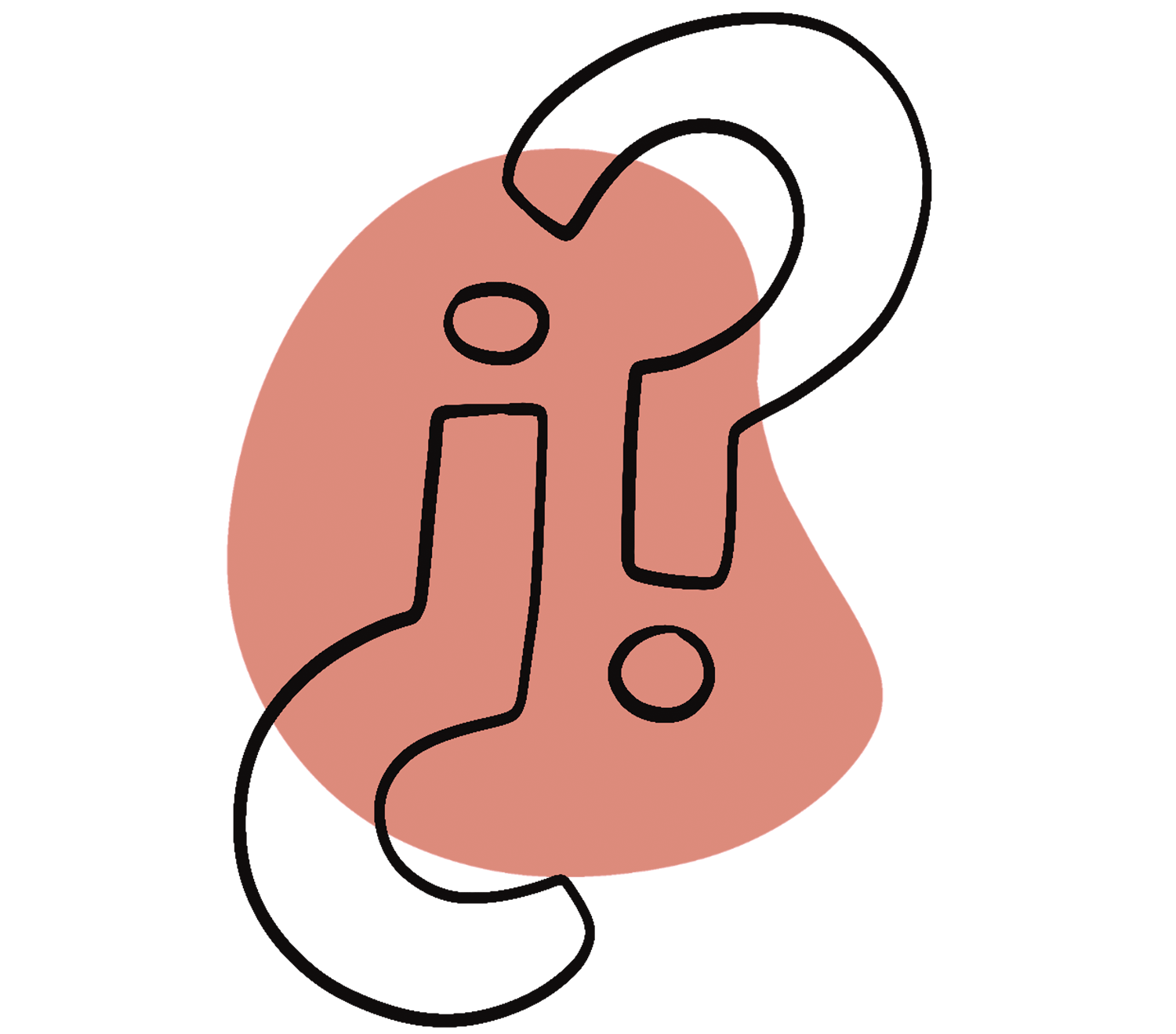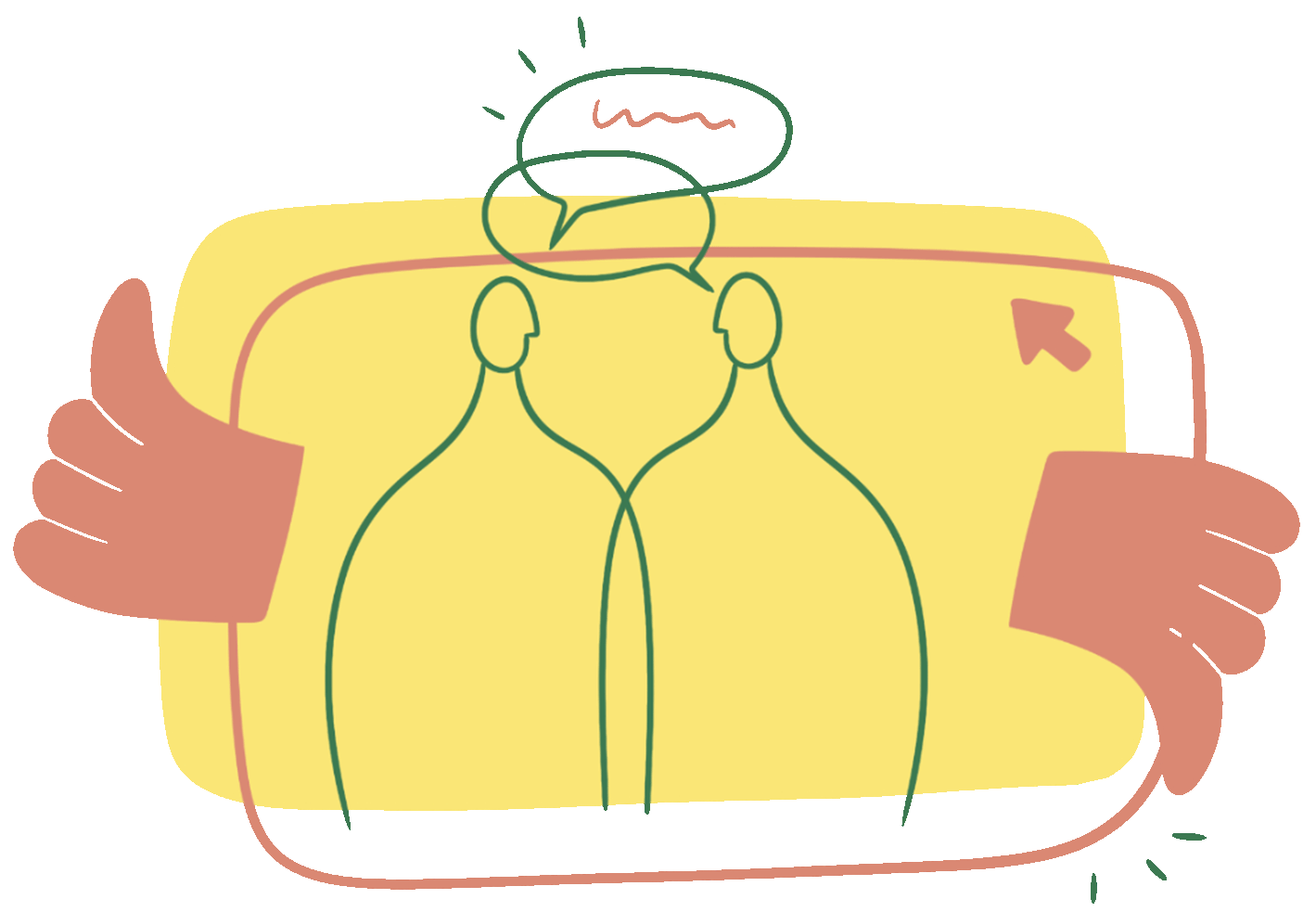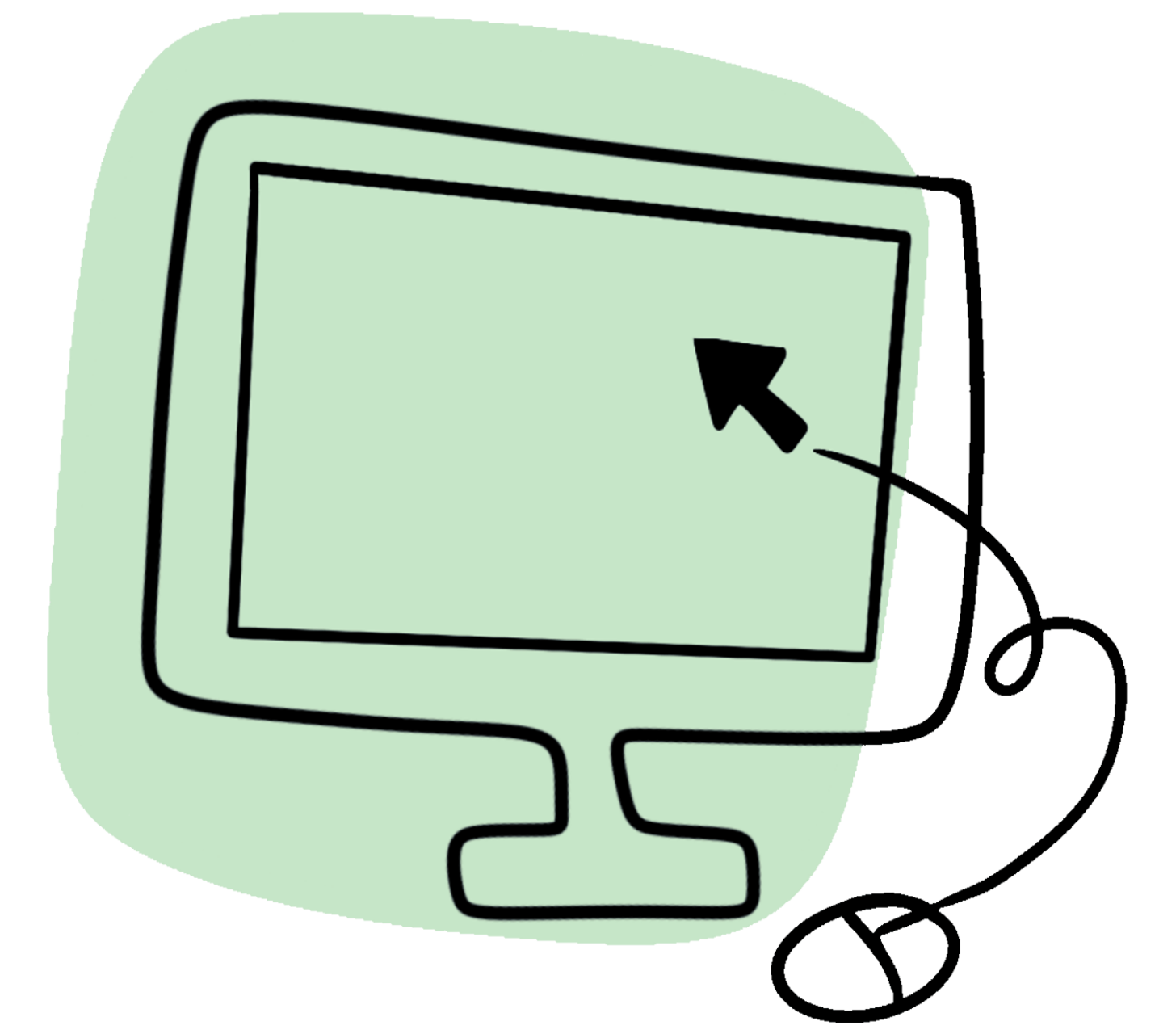
For empirical studies, you present the methods of data collection resp. data generation and the methods of analysis and interpretation in a separate chapter of your academic paper, and provide justification for these.
For literature and theoretical papers, the procedure can also be outlined in consultation with the respective supervisors. Since the method here essentially consists of researching, reading, and evaluating literature, a separate chapter is usually not included. If you find it useful, you can explain in the introduction which search terms, scholarly sources, theories, publication years, and languages etc. you focused on and how you proceeded.
In the methodology chapter, describe your methodological approach as precisely and transparently as possible. The wh-questions help you: Who did what, how, and when?
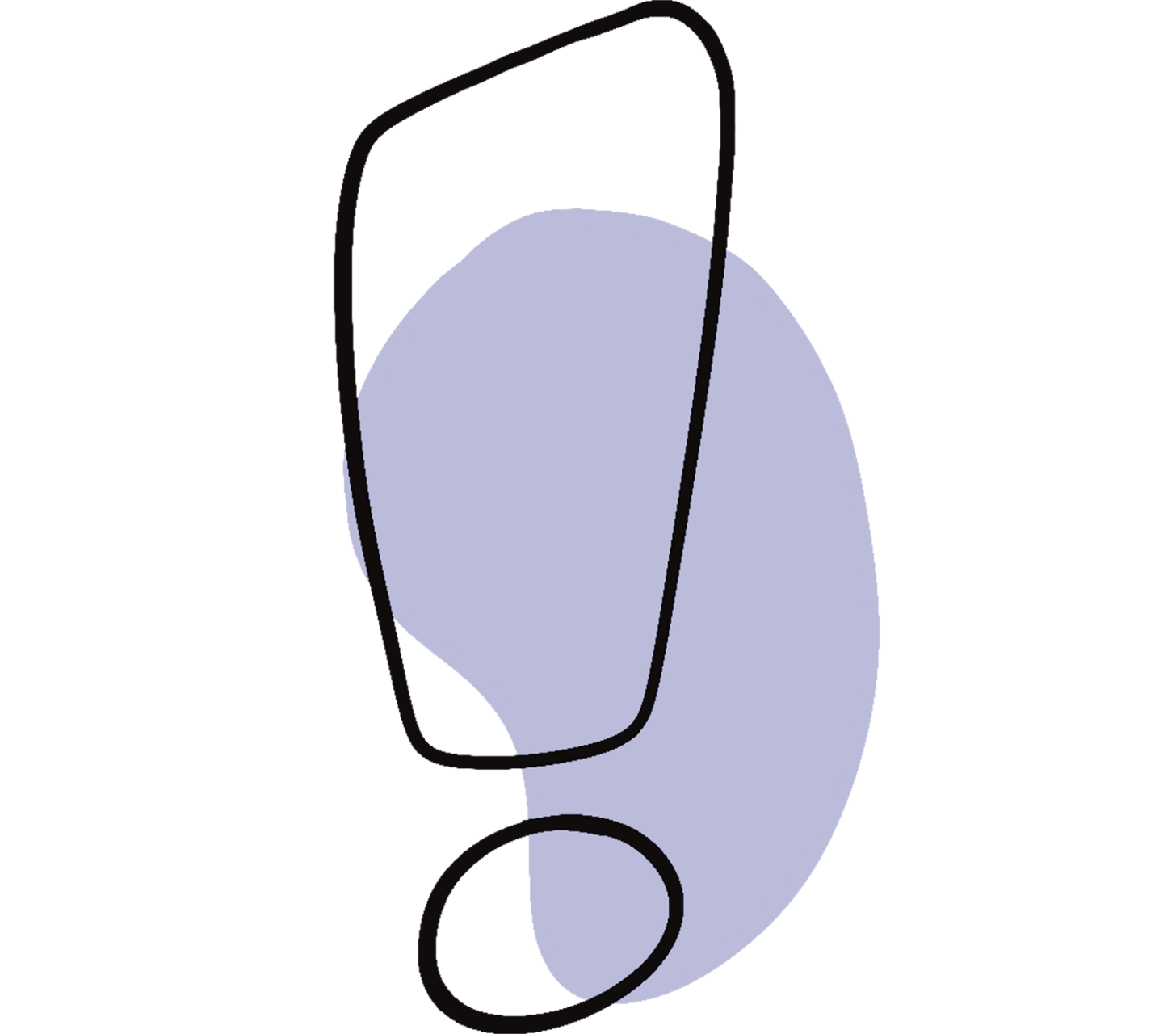
When writing the methodology section, maintain a factual, report-like style and avoid overly detailed narratives – focus on the essentials. Justify your decisions and, where appropriate, refer to relevant literature.
- Structure: Organize the methodology section logically, for example, by discussing the type of research, data collection, data analysis, and applied quality criteria separately.
- Justifications: Explain why you chose certain methods or steps, and refer to relevant scholarly literature to support your decisions.
- Avoid repetition: Make sure to not repeat yourself and concentrate on aspects relevant to your research question.
- Objective style: Use objective and precise language. Avoid personal opinions or evaluations.
If your notes look something like this: Actually, I wanted to interview 10 professional athletes, but unfortunately I could only convince 6 to talk to me. Even though I made so many phone calls. The last interview was totally pointless because X. actually didn’t have time, kept taking calls, and then ran out of time for me. I was really disappointed.
In the methodology section, you would phrase it more like this: Initially, the plan was to interview ten professional athletes as part of expert interviews. Ultimately, I was able to secure interviews with only six individuals. One interview had to be excluded from the analysis, as the conversation was significantly disrupted by repeated interruptions and a lack of willingness to engage on the part of the respondent.
Creating the interview guide
To answer the research question, we conducted interviews with professionals from the respective fields. Due to our limited experience with interviews in the research group, we decided to use open guideline-based interviews. In this type of interview, the guide serves as an orientation tool, as it is “more strongly pre-structured in terms of content” (Przyborski & Wohlrab-Sahr, 2014, p.127).
Creating the interview guide
For the study within this term paper, we conducted four interviews with various employees of the all-day school program (ADSP) between 05.07.2024 and 21.10.2024. The aim was to capture the perspectives and experiences of the staff to gain a nuanced picture of the research question. As previously discussed, the interviews were based on an open interview guide. The interviews were held with ADSP staff members in a personal and confidential setting. All interviews took place in the school of the interviewees, usually during school hours. The location varied: Often it was an office or any available room at the time. Most conversations were conducted in July 2024, with the last one in October 2024. Before the interviews, we informed participants about the procedure, purpose, and time frame.

What is meant by a research method?
A research method refers to the approach used to investigate something. Concrete examples include experiments, field studies, questionnaires, and interviews.
How do I find the right research method?
Ideally, the choice of research method depends only on what you want to find out. In practice, the choice also depends on the skills you already have, how much time you have to learn a new method of data collection and analysis, and how carefully you can carry it out.
This article was published in August 2025 and last updated in April 2025.

